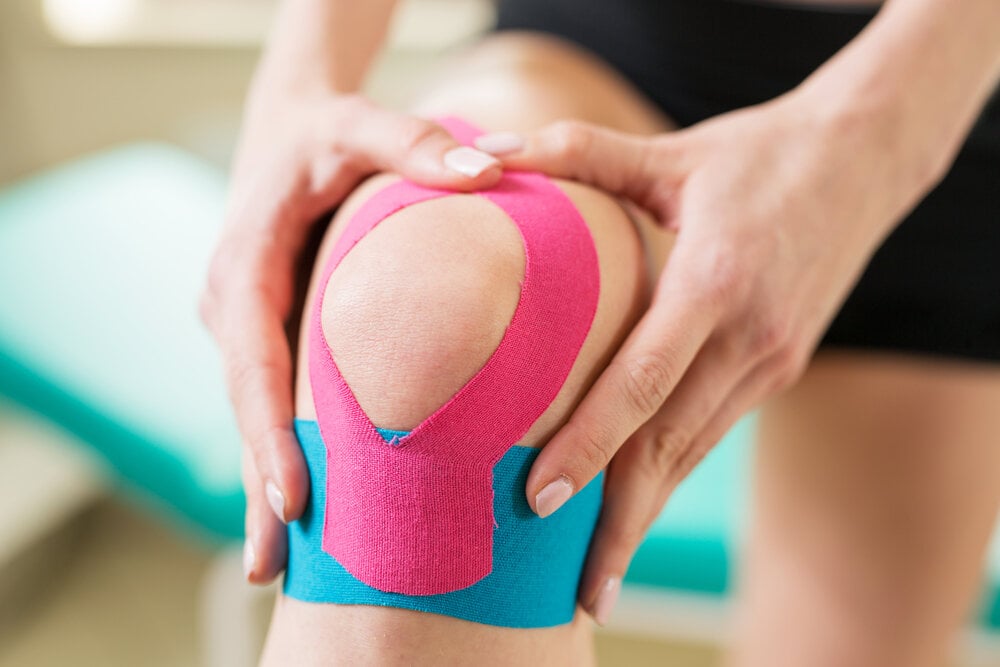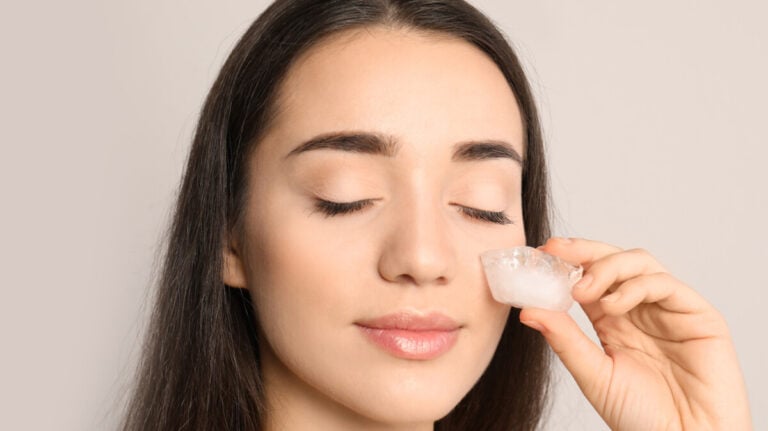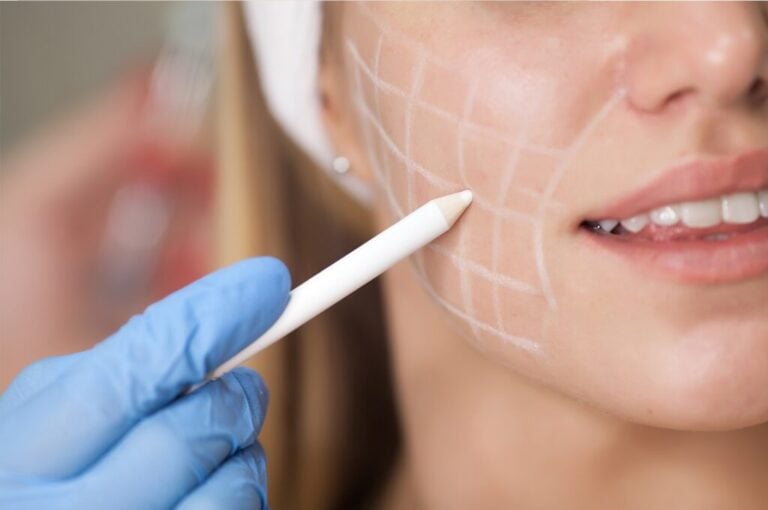The word kinesio taping includes the two terms “kinesio” (movement) and “tape” (tape).
In medical practice and in everyday life, such expressions as kinesiology taping and kinesio taping are used to refer to this concept. This terminology characterizes a therapeutic technique aimed at improving the functioning of the structural elements of the musculoskeletal system.
As a specialist and ardent supporter of manual medicine, Dr. Kase was looking for effective ways to treat diseases and prolong the beneficial therapeutic effect on the patient, after the latter left his office.
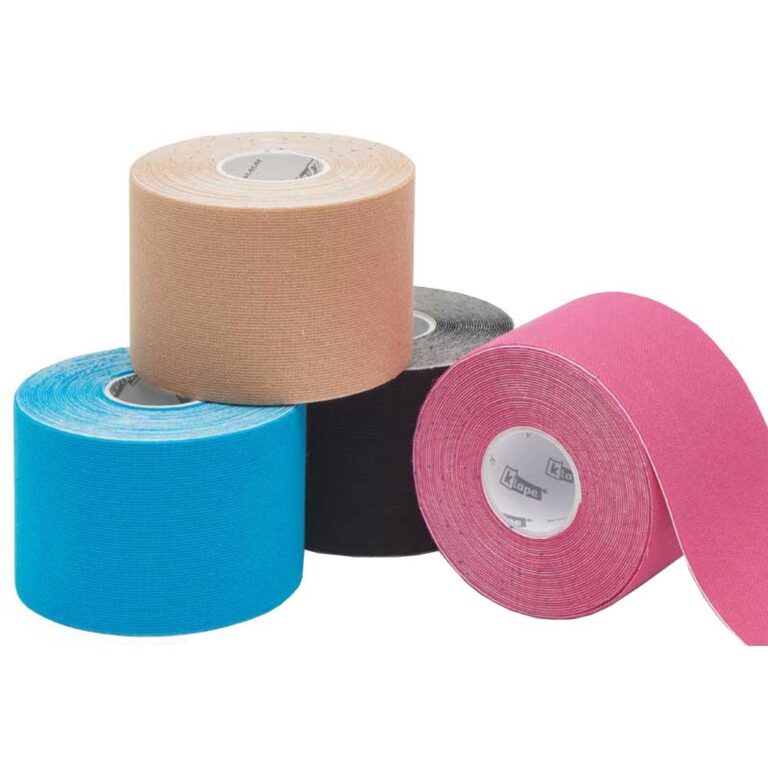
In the course of his scientific research, he came to the conclusion that teip tapes have a positive effect, and by the end of the 70s, his innovations aroused unprecedented interest in the medical community in the United States and Japan. After that, events began to develop with the swiftness of a courier train.
Briefly, it looked like this:
- 1980 Establishment of the Kase Institute of Manual Medicine in Tokyo;
- 1984 Kinesio taping instructor training program founded;
- 1988 – kinesiology taping products appear in the public domain in stores and pharmacies in the United States and Japan;
- 1989 – the Japanese national volleyball team entered the court with sports tapes;
- 1994 – the method was recognized in medical institutions in Asia;
- 1995 – the effectiveness of the technique is officially recognized by the Association of Track and Field Coaches of the USA;
- 1996 – the technique conquers Europe, and after 2 years South America;
- 2008 – official support of the method by the organizers of the Beijing, in 2012 London, and in 2014 Sochi Olympics;
- 2015 – the creation of the University of Kinesio and the holding of the 30th anniversary international symposium dedicated to topical problems of the further development of the method.
As you may have guessed, the main instrument of a healing effect on the body, in this technique, is a teip tape or teip.
Teip-tape is a banal cotton strips of fabric, covered with a special acrylic adhesive, thermal (warming) action. At the same time, the therapeutic effect is achieved not due to the pharmacological properties of the impregnation, but due to the mechanisms of physical effects on the body. In terms of its elasticity, the tape is comparable to areas of human skin, so its use on the body does not cause discomfort.
Types of tapes
There are no clear parameters that classify teips. However, there are a number of criteria that serve as a guideline in their selection.
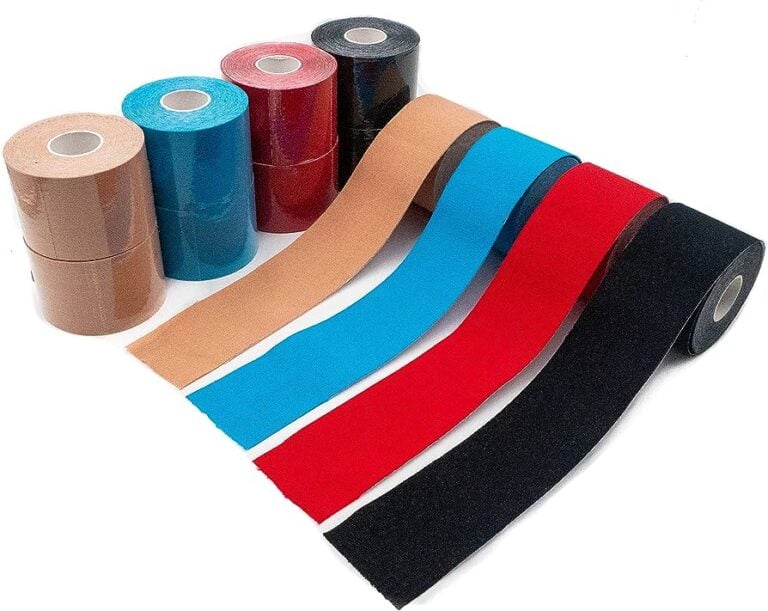
It is conditionally possible to distinguish the following types:
- Depending on the object of application, tapes are produced for people and animals.
- According to the commodity form, there are teip tapes in rolls, cut into strips, and produced in kits for various parts of the body.
- According to the degree of elasticity, manufacturers offer K-tapes and R-tapes. The former, when stretched, increase their length up to one and a half times, the latter almost double.
- According to their shape, teips are divided into I and Y shaped tapes, lymph teips, which are a single strip with branches at one end, and some other varieties.
- Finally, the tapes differ in color. Varieties come in various shades, plain and with printed patterns.
The color of the tape has absolutely no effect on the medical properties, but has more of an aesthetic character. However, if we consider the psychological aspect of the influence of color on the therapeutic effect of using kinesio tapes, we will try to answer the question of how they differ in color.
- Black – personifies power, activity and originality, has pronounced warming properties.
- Blue – cold color soothes and cools, relieves swelling and pain at the application sites.
- Pink is the color of youth, tenderness and positivity.
- Red tape – symbolizes warmth and energy, promotes the fastest recovery of damaged tissues, attracts the eyes of others.
- Beige color – on the contrary, it allows you to hide the tape under clothes and does not attract attention.
- Green is a symbol of closeness with nature and vitality, has a clear healing effect.
- Orange and yellow tapes are warm, sunny colors, uplifting, stimulating regeneration and blood flow.
What are the tapes for
Answering this question, consider the scope of kinesio taping.
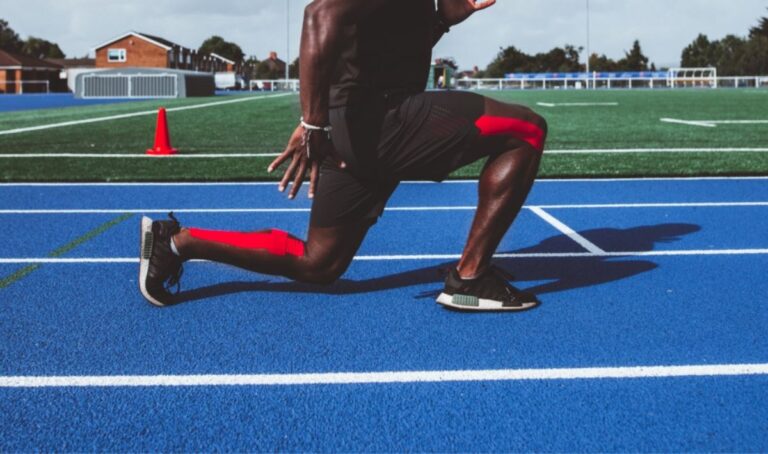
- to ensure adequate muscle work;
- enhancement of sanogenetic reactions, that is, activation of processes aimed at restoring violations of the body’s self-regulation mechanisms;
- pain relief;
- increasing the intensity of lymph and blood flow.
Tape tape has hypoallergenic properties and the ability to keep air and moisture out, therefore it does not cause allergic reactions, and is used even in the aquatic environment.
What is Kinesiology Taping for
- Prevention and treatment of sports injuries. The use of sports tapes during the training process and during competitions improves blood and lymph microcirculation inside muscle tissue, activates metabolism, tapes serve as fixing and compression bandages in the problem areas of a professional athlete.
- The method of lymphatic drainage in the period of postoperative treatment. Post-traumatic and postoperative edema are characterized by excessive accumulation of fluid in the intercellular space. To normalize the work of the lymph flow and restore blood circulation, tapes are applied in places of localization of edema or irritated tissue. A number of experts advise using the technique in the treatment of scars, hematomas and fibrous rings.
- Post-stroke rehabilitation. Movement restrictions in the joints of the extremities caused by an imbalance in muscle tone after a stroke are compensated by applying tapes. Thanks to the technique, the muscles that are in good shape are relaxed, and the stretched ones are stimulated, thereby reducing muscle imbalance and spasticity.
- In violation of the functions of the musculoskeletal system. Tapes help relieve pain, reduce muscle strain, normalize flexibility in the joints, increase endurance and do not restrict the patient’s movements.
- Used to redistribute the weight of the abdomen during pregnancy, this can reduce the load on the lumbar spine and prevent stretch marks.
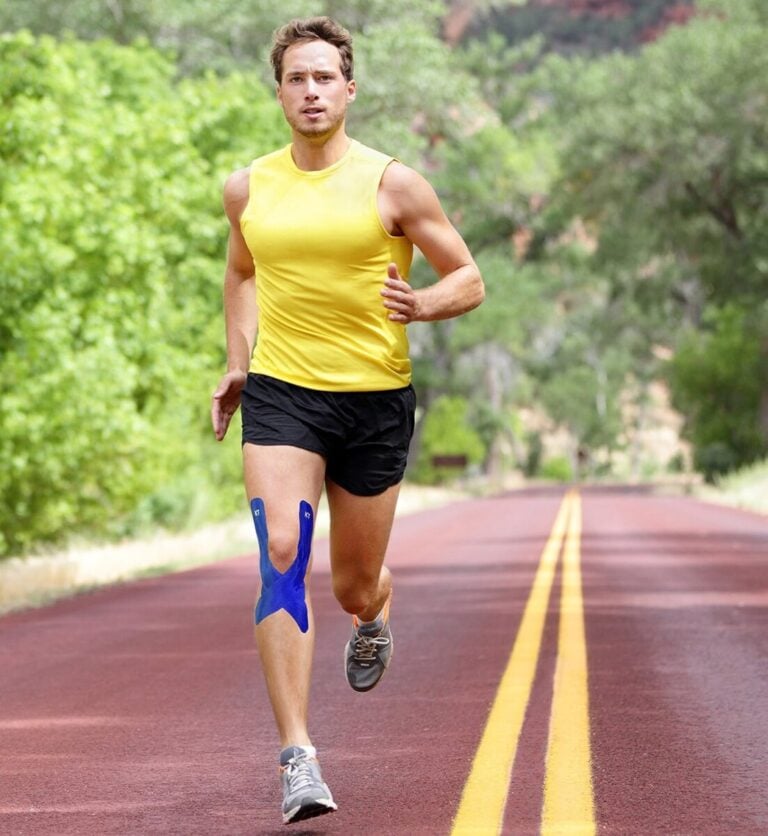
Recently, the use of teips for weight loss has been singled out as a separate area of application. At the same time, the mechanism for reducing excess weight is in no way associated with the direct burning of fat from wearing the tape. Rather, the tape stimulates sports activities, reducing the risk of pain and protecting a person from injury.
Contraindications for use
- skin diseases and individual intolerance;
- not recommended for thrombosis – the risk of thrombus formation increases significantly;
- In severe forms of diabetes, tape can provoke a modified need for insulin;
- In acute forms of cardiovascular and renal insufficiency, teip-tape applied to the places of puffiness can cause additional stress on the kidneys and heart.
Taping technique
Depending on the form of kinesio tape you have chosen, the scheme of its application to the problem area of the body is different. However, the gluing technique is almost the same for any tape configuration.
Stages
- Cut the tape of the required size from the roll, or take a ready-made tape, and peel off part of the tape from the paper, leaving a 30-40 mm long strip not peeled off.
- We apply, with a slight tension, the working part of the tape on the problem area of the body, while the skin should be stretched as much as possible.
- Fix the tape on the skin, lightly press it down with your hand.
- Separate the end of the tape that has not yet been peeled off from the paper and glue the rest.
- We straighten and press the applied tape with smooth, light movements for better contact with the skin.
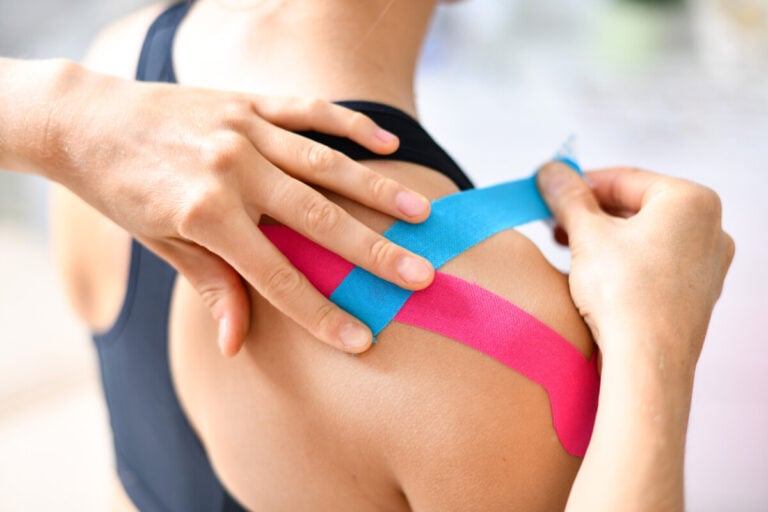
Important! When applying the tape, avoid the appearance of arrows and wrinkles. It is also recommended to shave off the hair in the places where the tape will be placed.
How to choose a tape
In the territories of the countries of the post-Soviet space, it will not be difficult to find and buy products for taping today. Depending on the manufacturer, teips differ in the quality and density of the material, the amount of glue applied to them. Of course, the best manufacturers of kinesio tapes are considered to be the brands of the USA, Germany and South Korea. However, no one canceled the dependence of the price on the popularity of the brand.
